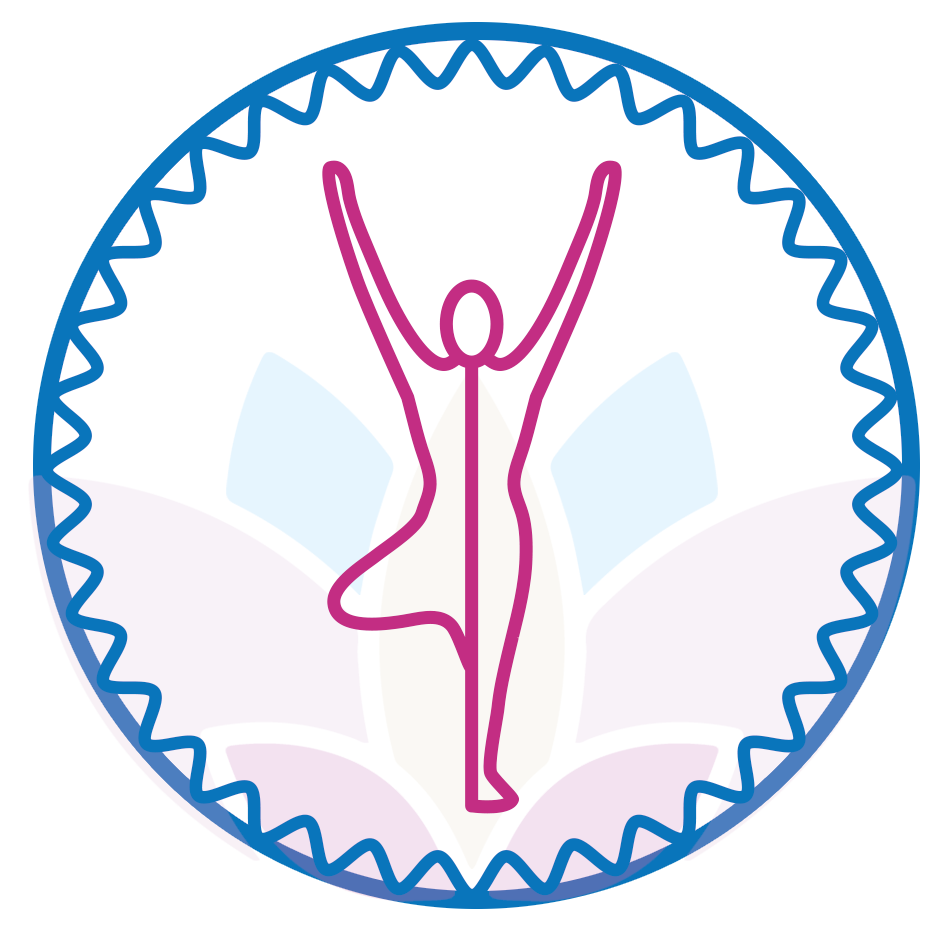
Restorative Yoga is a lot harder than it looks for many of us. Why?
Becoming a certified restorative yoga teacher was the furthest thing from my mind when I took up yoga. The fact is I have a hard time sitting still let alone lying still in a pose for five to fifteen minutes. But I have come to understand that the greatest impediment to my real healing and many other people’s healing is the ability to slow down and rest. On many nights, when I lie down to go to sleep, I can feel my heart racing. My mind flits from thing to thing—”what did I accomplish today?”, “what do I need to do tomorrow?”, “I haven’t checked in with that friend of mine who is suffering,” “How are my children?”, “When I am going to see my granddaughter?” I toss and turn and start to slow my breathing down and eventually fall asleep. When I wake up in the morning, I often do not feel rested. I am a bit achy and I feel like I need to learn to rest more. This is why I recently was certified in HeartMath and why I am now getting certified in teaching Restorative Yoga. Both practices help quiet the nervous system which is the “Last Best Cure”, as author Donna Jackson Nakasawa puts it in her groundbreaking book on healing.

Why is Restorative Yoga Such An Advanced Practice?
Many of us cannot rest our nervous system because our bodies do not feel safe enough to allow the fight or flight system to turn off. However, it can be learned just like any other skill you want to acquire with practice, commitment, and time. Learning to rest is different than zoning out in front of the T.V., taking a sleeping pill or a drink before bed. It means finding time during the day when you switch your body off from doing into being. Being still, being present, being aware, and curious about what you are feeling, being quiet enough to feel your breath and heartbeat slow down. It is during times of rest that the real healing takes place, and Restorative Yoga teaches you the skills you need to heal your nervous system.
Restorative yoga poses are different than traditional poses in several ways.
- Props are not only encouraged; they are necessary to allow your body to feel supported and safe enough so that no intense stretching is felt at all.
- You are offered suggested positions but are encouraged to find any position that allows you to feel safe and find some ease.
- You might stay in one position during the whole class. At most you might do five different poses.
- Rest or Shavasana is usually ten minutes long or longer.
By learning to fully relax, we are influencing so many systems in our body including our nervous system, circulatory system, digestive system, endocrine system, renal system, respiratory system, excretory system, lymphatic system, muscular system, reproductive system, integumentary (skin) system and skeletal system.
According to Melissa Smith-Wilkerson, e-RYT500 Restorative Teacher who is my certifying teacher, there are a dozen benefits of a Restorative Yoga Practice. Here are a few:
- Bring balance in your body and mind through releasing of muscular tension and down-regulation of your nervous system
- Enliven the body’s energy through “up-regulation” of the nervous system through increase prana (breath and life force)
- Disidentify with your thoughts which will restore your mind
- Promote overall wellness as each of the body’s system are impacted by the utilization of props
- Induce chemical (endocrine system) cellular (respiratory system) and neurological (brain and spinal cord) changes
- Improve immunity through cellular regeneration
- Provide clarity and connection with your divine heart and soul
- Increase vagal tone
- Decrease blood pressure
- Increase your tolerance to discomfort
- Reduce sensations of pain and better regulate the response to fear or stress

I teach Restorative Yoga every other Wednesday evening from 7 pm to 8 pm ET. These classes will be available on my membership site as well. Sign up for Restorative Yoga here.

Andrea Trank
239-634-0739
andrea@heavenlanecreations.com
HeavenLaneCreations.com


